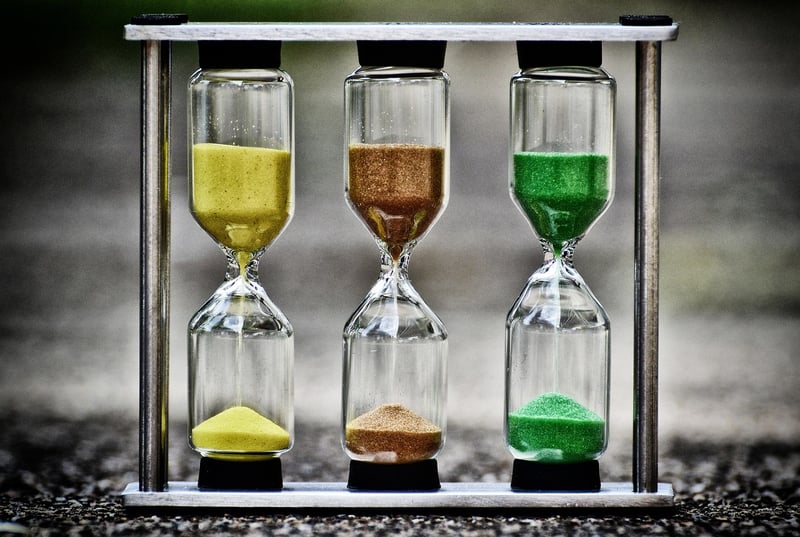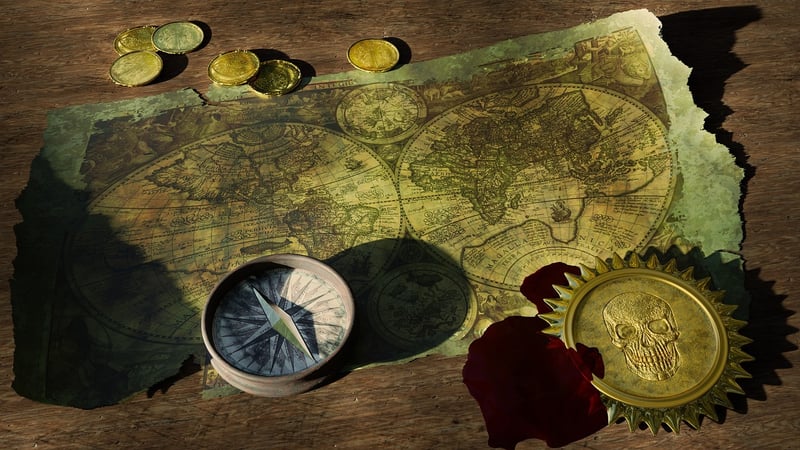Temporal Maps
Understanding Temporal Maps: A Guide
Temporal maps are a valuable tool for visualizing data that changes over time. Whether you're tracking historical events, monitoring trends, or planning for the future, temporal maps provide a dynamic way to see temporal patterns and relationships. In this guide, we'll explore what temporal maps are, how they work, and how they can be used effectively.
What are Temporal Maps?
Temporal maps, also known as time maps or timeline maps, are visual representations that show how data or events evolve over time and space. They combine spatial information with temporal dimensions to create an interactive and informative display.
How do Temporal Maps Work?
Temporal maps use color coding, animation, or other visual cues to represent changes over time. They can show patterns, trends, and correlations that may not be apparent in traditional static maps or numerical data.
Benefits of Temporal Maps
- Facilitate understanding of temporal trends
- Identify patterns and anomalies
- Enhance decision-making and planning
- Engage and inform stakeholders
Examples of Temporal Maps
Temporal maps can be used in various fields, including:
- Epidemiology: Tracking the spread of diseases over time
- History: Visualizing historical events and their impact
- Urban planning: Monitoring changes in infrastructure and development
Getting Started with Temporal Mapping
If you're interested in creating your own temporal maps, there are several tools and software available online. Popular options include:
Conclusion
Temporal maps are a powerful way to visualize temporal data and gain insights into trends and patterns. Whether you're a researcher, planner, or history enthusiast, temporal maps can help you better understand the evolution of data over time. Start exploring the world of temporal mapping today!

